Slice a pizza, and we get fractions:
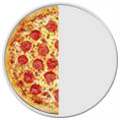 | 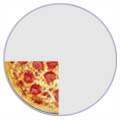 | 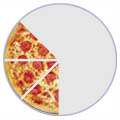 |
| 1/2 | 1/4 | 3/8 |
(One-Half)
|
(One-Quarter)
|
(Three-Eighths)
|
The top number says how many slices we have.
The bottom number says how many equal slices the whole pizza was cut into.
The bottom number says how many equal slices the whole pizza was cut into.
Some fractions may look different, but are really the same, for example:
| 4/8 | = | 2/4 | = | 1/2 |
| (Four-Eighths) | (Two-Quarters) | (One-Half) | ||
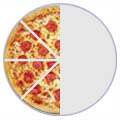 | = | 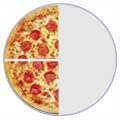 | = |  |
It is usually best to show an answer using the simplest fraction ( 1/2 in this case ). That is calledSimplifying, or Reducing the Fraction
Numerator / Denominator
We call the top number the Numerator, it is the number of parts we have.
We call the bottom number the Denominator, it is the number of parts the whole is divided into.
We call the bottom number the Denominator, it is the number of parts the whole is divided into.
NumeratorDenominator
You just have to remember those names! (If you forget just think "Down"-ominator)
Adding Fractions
It is easy to add fractions with the same denominator (same bottom number):
| 1/4 | + | 1/4 | = | 2/4 | = | 1/2 |
| (One-Quarter) | (One-Quarter) | (Two-Quarters) | (One-Half) | |||
 | + |  | = |  | = |  |
Another example:
| 5/8 | + | 1/8 | = | 6/8 | = | 3/4 |
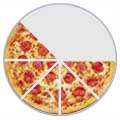 | + | 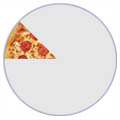 | = | 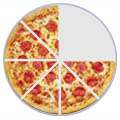 | = | 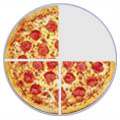 |
Adding Fractions with Different Denominators
But what about when the denominators (the bottom numbers) are not the same?
| 3/8 | + | 1/4 | = | ? |
 | + |  | = |  |
We must somehow make the denominators the same.
In this case it is easy, because we know that 1/4 is the same as 2/8 :
| 3/8 | + | 2/8 | = | 5/8 |
 | + | 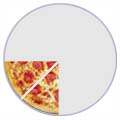 | = |  |





